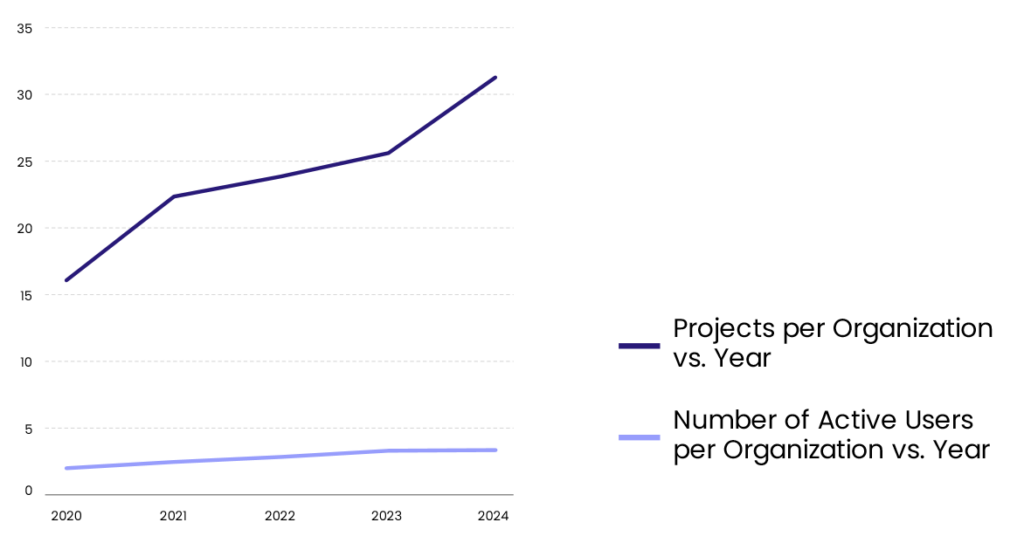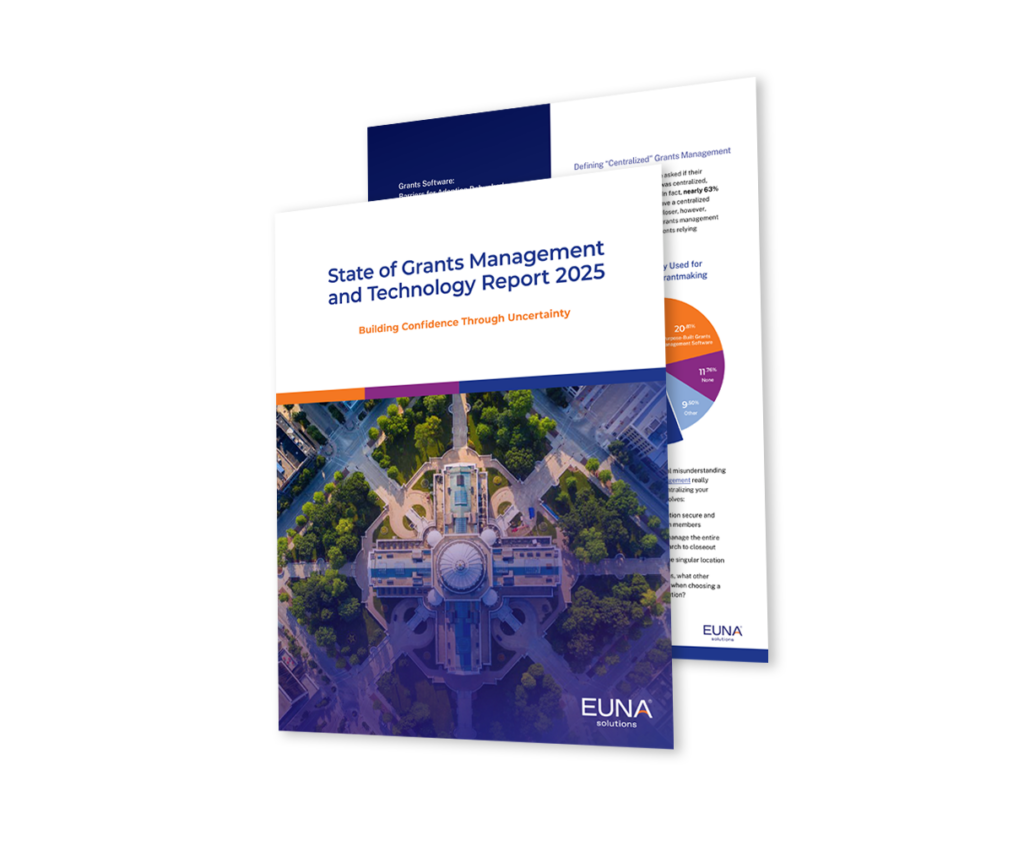In today’s fast-paced world, everyone is being forced to do more with less due to rising demands—and public procurement teams are no different. Many public sector leaders face a growing gap between what needs to be done and the resources available to do it. We’ve seen a sharp rise in project demands within Euna Procurement—up by 19%—but users per organization only grew by a mere 1.8%. That’s a big mismatch!

Let’s talk numbers for a second. Over 50% of leaders who took our annual survey feel uncertain or lacking confidence when it comes to managing all these new projects.

This worry often leads to turnover and burnout among staff. When there’s too much on everyone’s plate, workflows are interrupted, employee morale rapidly declines, and churn can occur.
As we all know, hiring more can be a potential next step, but the pros have to be weighed with the cons. It takes more than just money; it requires time and effort too. Training newcomers on the organizations processes can be a lengthy task, especially if those processes aren’t straightforward. Plus, the existing staff still must manage their heaping workloads while onboarding new hires.
Lagging Tech Leads to Workplace Burnout
When looking at staffing and capacity concerns in the public sector, you can’t ignore technology. When staff are stuck using outdated or difficult systems, productivity takes a hit, causing a spike in stress levels.
In fact, studies from Salesforce show that employees who are unhappy with their workplace technology are over twice as likely to feel burned out and consider leaving their jobs within a year. This is a highlight for organizations to invest in efficient, user-friendly tech that helps rather than hinders their teams.
Creating a Collaborative Culture in Your Department
Finally, let’s look at the culture aspect of the equation. Creating an environment where open communication is encouraged helps break down barriers. When team members feel valued and supported, they’re less likely to seek other job opportunities.
An inclusive, supportive culture is not just a nice-to-have; it’s essential to enhance team resilience. When organizations prioritize things like collaboration, open communication, and equal opportunity to share ideas, challenges, and successes, employees will naturally feel more engaged and motivated.
Increasing capacity through technology without adding headcount is feasible. Equipped with the right tools and a collaborative process, your team can breeze through more projects with efficiency.
For example, a solution facilitating internal collaboration, like Euna Procurement, can save you 526 hours in one year, if you run 77 annual solicitations and spend 45 hours per solicitation, by eliminating paperwork for procurement teams and evaluation committees.
Enhancing Public Sector Work with New Approaches
So, what’s the solution to these capacity gaps? First off, it’s important to increase emphasis on capacity building rather than just hiring more staff. This means empowering current employees with the right tools and support, implementing better training, simplifying processes, and using technology to automate mundane tasks.
Moving forward, public procurement leaders can lean into taking strong, proactive steps to tackle these challenges — helping increase efficiency, and ultimately, internal, executive and public trust .
If you enjoyed the stats and data sprinkled throughout this blog, check out our 2024 State of Public Procurement report! It’s packed with meaningful data to help you formulate better procurement strategies for the years to come.
Read the next blog in the series: How to Tackle Capacity & Workforce Challenges with Tech, Collaboration, and Purpose!

